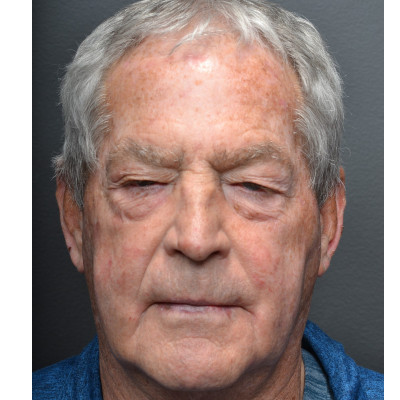

Line and wrinkle treatments can be very effective and on average lasts up to 3 months, depending on the patient. If you have any questions or concerns at all, you can contact our 24/7 helpline. We believe that the highest quality aftercare is just as important as the treatment itself, so we’re here to support you. It can take up to a few days for the muscles to relax and for you to see the results. If you experience soreness in your face, you can take painkillers to ease the discomfort. You’ll just need to avoid tilting your head forwards for a while and avoid exercise for the next 24 hours. You’ll be able to leave the clinic as soon as your treatment has been completed, and you should be fine to go about your normal day-to-day activities. If you feel ready to go ahead, we can book your treatment in for a date and time that suits you. Our medical practitioners are extremely knowledgeable and happy to answer any questions you have. You can discuss every aspect of your wrinkle treatment with no obligation to go ahead. It may be that we’ll recommend an alternative treatment type – like chemical facial peels, micro-needling or dermal fillers – that we think will better suit your needs. They’ll guide you through your treatment options and create a personal anti-ageing treatment plan for you to ensure you achieve the best results.
#DROPPY HAND DISEASE FREE#
If you feel ready, we’ll then book you in for your free consultation.Īt your free consultation, your medical practitioner will ask you about the results you want to achieve. You’ll be able to talk to them about why you’re considering anti-wrinkle treatment, the likely costs, and when you’d like to have the treatment. EpubĢ001 Aug 14.The first step is to speak to one our medical practitioners from our Bristol, Cardiff or Coventry clinics.

Novel TFAP2B mutations that cause Char syndrome provide a genotype-phenotypeĬorrelation. Zhao F, Weismann CG, Satoda M, Pierpont ME, Sweeney E, Thompson EM, Gelb BD.


Syndrome: an additional family with polythelia, a new finding. Zannolli R, Mostardini R, Matera M, Pucci L, Gelb BD, Morgese G.Literature emphasising the presence of symphalangism and the variable phenotype.Ĭlin Dysmorphol. Char syndrome: a new family and review of the Familial patent ductus arteriosus: aįurther case of CHAR syndrome. Slavotinek A, Clayton-Smith J, Super M.Mutations in TFAP2B cause Char syndrome, a familial form of patent ductusĪrteriosus. Satoda M, Zhao F, Diaz GA, Burn J, Goodship J, Davidson HR, Pierpont ME, GelbīD.Inherited disorder with patent ductus arteriosus, maps to chromosome 6p12-p21.Ĭirculation. Satoda M, Pierpont ME, Diaz GA, Bornemeier RA, Gelb BD.Citation on PubMed or Free article on PubMed Central Syndromic patent ductus arteriosus: evidenceįor haploinsufficient TFAP2B mutations and identification of a linked sleepĭisorder. Mani A, Radhakrishnan J, Farhi A, Carew KS, Warnes CA, Nelson-Williams C, Day.GM, Pagon RA, Wallace SE, Bean LJH, Gripp KW, Amemiya A, editors. Other abnormalities of the hands and feet have been reported but are less common. In most people with this condition, the middle section of the fifth (pinky) finger is shortened or absent. Hand abnormalities are another feature of Char syndrome. People with patent ductus arteriosus also have an increased risk of infection. In severe cases, it can lead to heart failure. If untreated, this heart defect causes infants to breathe rapidly, feed poorly, and gain weight slowly. This connection normally closes shortly after birth, but it remains open in babies with patent ductus arteriosus. Before birth, the ductus arteriosus forms a connection between two major arteries (the aorta and the pulmonary artery). Patent ductus arteriosus is a common heart defect in newborns, and it occurs in most babies with Char syndrome. Additional facial differences include a shortened distance between the nose and upper lip (a short philtrum), a triangular-shaped mouth, and thick, prominent lips. The eyes are wide-set with droopy eyelids ( ptosis ) and outside corners that point downward ( down-slanting palpebral fissures ). The tip of the nose is also flat and broad. Most people with Char syndrome have a characteristic facial appearance that includes flattened cheek bones and a flat nasal bridge (the area of the nose between the eyes). It is characterized by a combination of three major features: a distinctive facial appearance, a heart defect called patent ductus arteriosus, and hand abnormalities. Char syndrome is a condition that affects the development of the face, heart, and limbs.


 0 kommentar(er)
0 kommentar(er)
